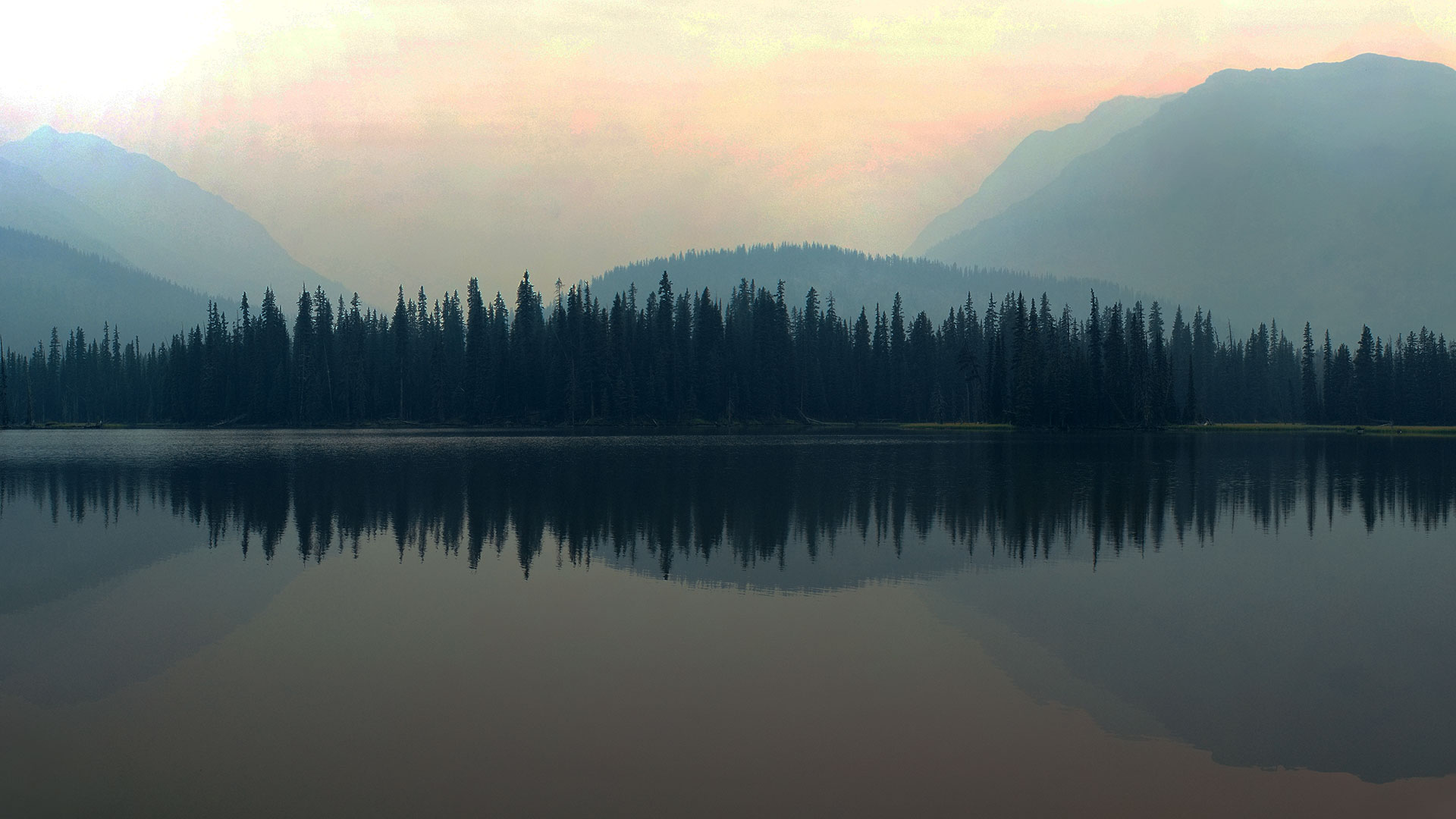An early breakthrough on the opening day of COP28 see high-income nations, and historically often the biggest emitters of greenhouse gas emissions, agree on a disaster fund to help those nations most affected by climate change.
History was made last year when funding for loss and damage was first seen on the agenda at COP27 in Egypt, and an agreement reached, but there was some concern over the lack of details and key arrangements at the time.
The activation and operationalisation of the COP28 agreement is significant, and there have already been pledges from many countries, whilst others may hold out to the end of the Summit before showing their cards.
The pressure is on. But does it go far enough?
To get global agreement on a deal like this is no mean feat - it is significant. But it is a voluntary fund and payments are made on a voluntary basis. There are also details lacking over the how sustainable the fund is. How often will payments will be made into it? And when will it be topped up in the long-term? These questions will need to be answered, but it's clear other means of finance will still be required alongside the fund.
What does this mean for hopes of limiting global temperature rises to 1.5C?
Almost half the world's population are already feeling the effects of climate change, and finance is needed now to help communities rebuild, whether you believe the 1.5C hope is still alive or not. But the outlook for the fund is dependent on the effectiveness of climate mitigation and adaption efforts, which are next on the agenda at COP28.
Will this be the deal that drives momentum in Dubai?
Keep up-to-date with COP28 on our hub.


/Passle/6182994d49b2340a4c485aab/SearchServiceImages/2025-12-08-10-46-27-413-6936ac835b578955555aea0c.jpg)
/Passle/6182994d49b2340a4c485aab/SearchServiceImages/2025-12-18-09-54-39-740-6943cf5f5555b955e436d9f8.jpg)
/Passle/6182994d49b2340a4c485aab/SearchServiceImages/2025-12-17-18-21-50-324-6942f4be5555b955e431f49f.jpg)
/Passle/6182994d49b2340a4c485aab/SearchServiceImages/2025-12-17-11-57-58-977-69429ac6e452dd14330305db.jpg)